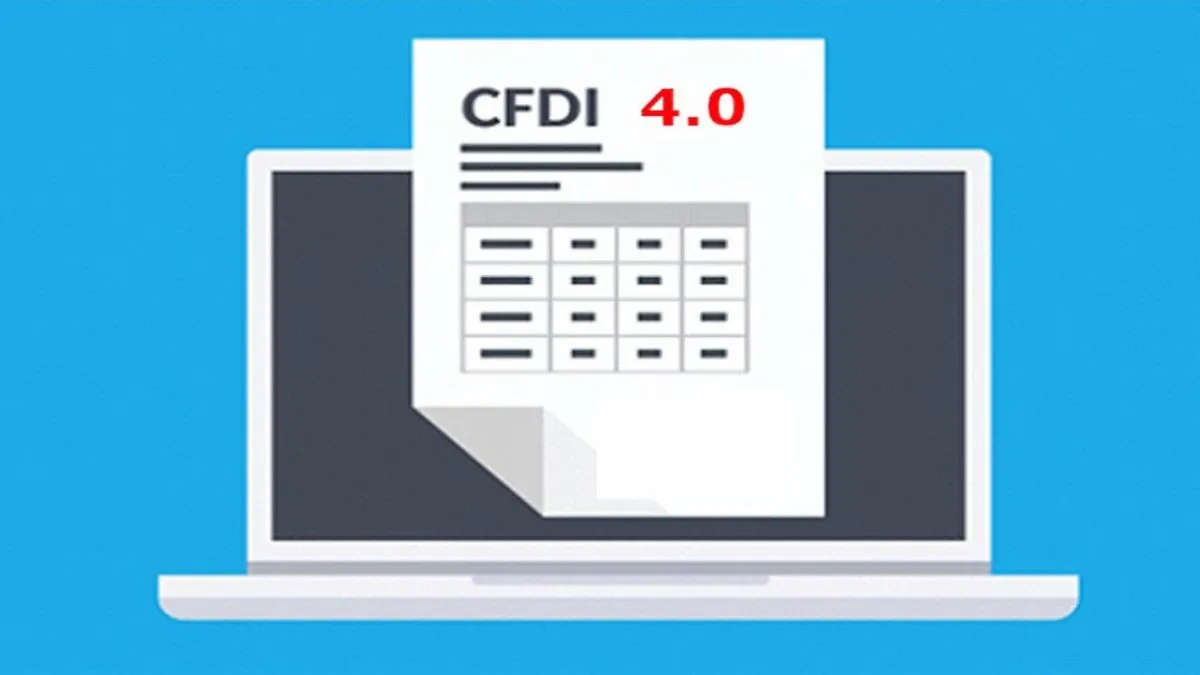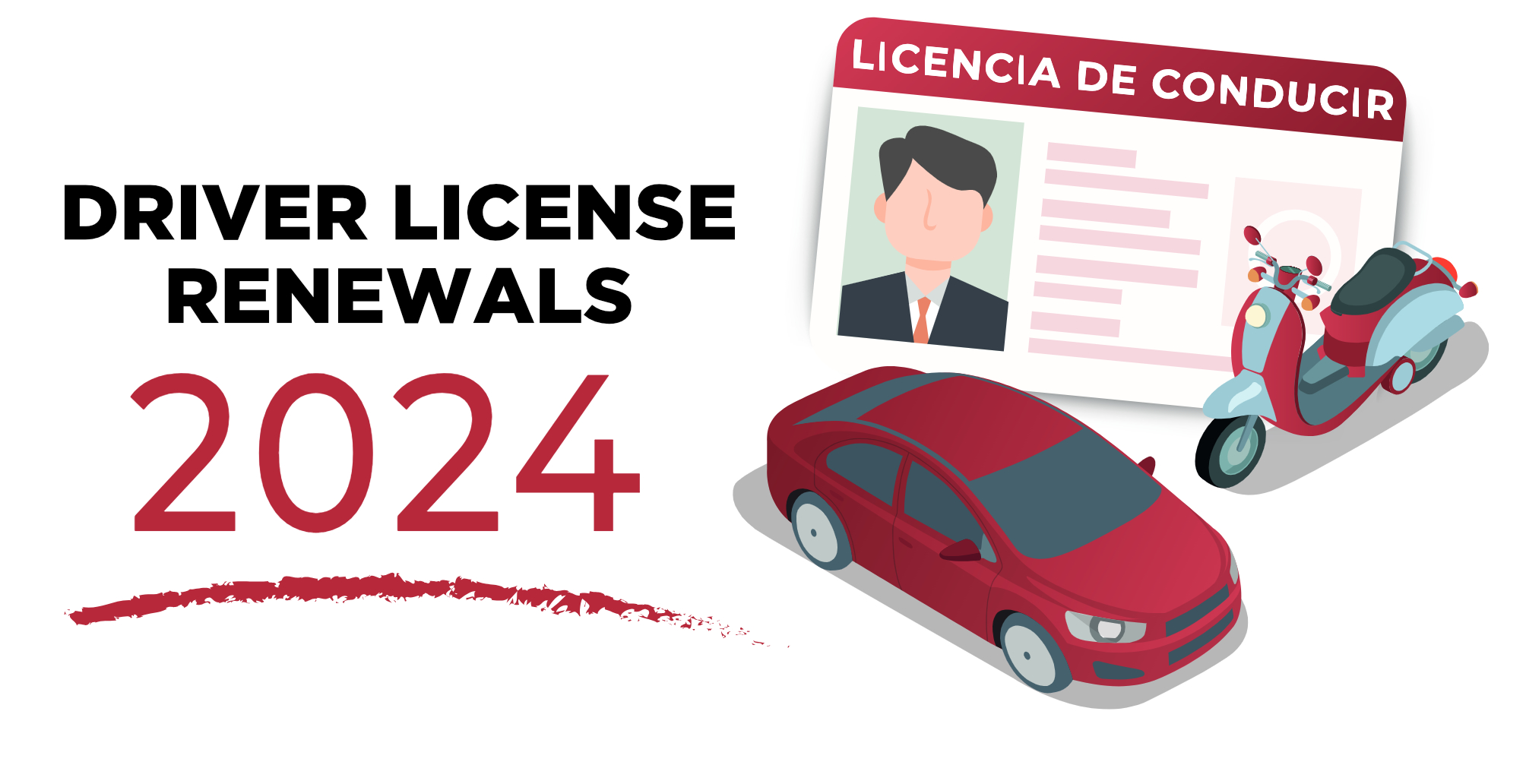Legal & Finances October 30, 2023


Condominium By-Laws in Mexico
A very important topic for us is the Condominium By-Laws in Mexico. This is how a condominium legally works and what are the rights and obligations of owners.
Governing rules
The condominium regime is a document granted before a notary public in Mexico and recorded with the Public Property Registry. The Condominium Regime contains the individual condominium development’s owners’ rules and regulations.
It also contains the corresponding licenses, location, surfaces, metes, and boundaries, description of the property, its private units, and common areas or strata, the value of each property and common shares, use and description of the property, cases when the condo regime may be amended, payment of maintenance fees, construction permits, plans, blueprints, common shares table, utility plans, appraisal, and rules and regulations.
In other words, the condominium regime is the manual of your condominium showing all the information regarding engineering, architectural, managing, and legal procedures that you need to know.
The By-Laws are part of the condominium regime and shall contain:
- Rights and obligations of the owners.
- Procedure to collect maintenance and reserve fees.
- Amount and periodicity of these fees.
- The type of management the condominium has, as well as the procedures to establish a surveillance committee, to hold the owners’ meetings, and to change the by-laws.
- Use of common areas, and the issues foreseen by the law and the condominium regime among other matters.

Type of properties
A condominium is composed of private units and common areas, with the understanding that a private unit is a property that its owner can dispose of.
On the other hand, common areas are owned by all the owners in common shares and are regulated by condominium regimes and by-laws.
Who is an owner – or Condómino
By law, an owner is a person (individual or corporation) who has ownership rights concerning the property.
That is to say, It is the owner (or the beneficiary in the first place of a Bank Trust) of a private unit of a condominium.
What are the governing bodies in a condominium according to the Mexican condominium law?
The governing bodies in a condominium are the Owners Meeting, the Surveillance Committee, and the Manager of the condominium.
The Owners Meeting (or Home Owners Association – HOA) is the supreme body.
It is the only one allowed to amend the condo regime, to appoint the Manager and the Surveillance Committee.
Also, to establish maintenance and reserve fees, and approve budgets and reports.
The Owners Assembly is the supreme body in a condominium.
It does not need to be incorporated as an entity to meet and approve resolutions related to the condo, with the understanding that owner’s meetings need to be carried out by the law and the by-laws.
In Mexico, it is recommended to create a Civil Association so that this entity becomes allowed, for example, to open bank accounts, hire employees, and pay the expenses of the condominium.
With an A.C. (Asociación Civil) you may reduce tax and labor contingencies for individuals, with the understanding that owner’s meetings may be held without having an A.C.
A.C. is a similar concept to what Americans and Canadians call a Home Owners Association (HOA).
The Surveillance Committee is comprised of three to five owners. Its main functions are to:
- Supervise the performance of the Complex Manager,
- Verify the reports provided by the Condominium Manager, to control the use of funds.
- Inform the Owners Meeting about any concern related to the management.
- Call meetings and request the presence of a notary public.
In short, the Surveillance Committee is the “eyes” of the rest of the condominium owners to check that everything is running smoothly.
Condominium Manager
The Condominium Manager is the person in charge of keeping the minutes book. Consequently, they take care of the goods of the condominium. T
Therefore, they carry out the resolutions approved by the Owners Meeting.
Suggested article: What is a General Assembly of Condominium Owners
Moreover, they keep records of all documents and information.
Other activities include, for example, managing the condominium, collecting fees from the owners, paying expenses, issuing receipts, and delivering reports.
In addition, they have the power to call for meetings and verify the fulfillment of applicable regulations.
Additionally, the Condominium Manager has a power of attorney for litigation and collection and to initiate administrative or judicial procedures against owners who do not fulfill their corresponding obligations.


